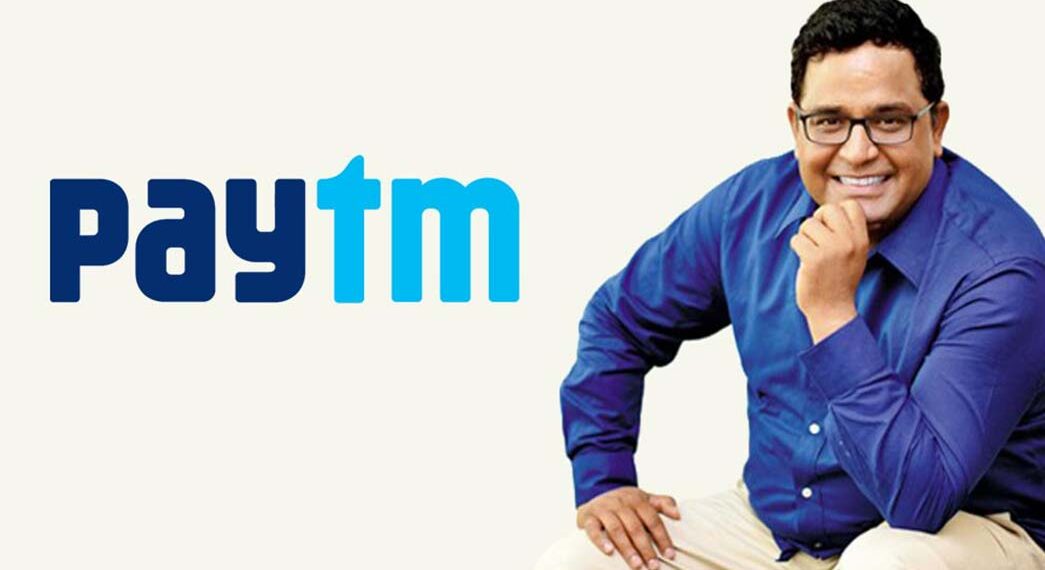Overview
Paytm is an Indian multinational fintech company revolutionising financial services and digital payments in India. It was established by Vijay Shekhar Sharma under One97 Communications in 2010. The company offers mobile payment services, facilitating merchants to accept payments via QR code, online, and point of sale. The core of Paytm’s business model is acquiring merchants for payment services and selling financial services to them.
Paytm’s Financial Performance
Paytm achieved the milestone of EBITDA before ESOP costs by Rs 424 crore year-over-year at Rs. 31 crores in Q3 FY 2023 – three quarters ahead of its guidance. EBITDA before ESOP, or Adjusted EBITDA, is a new-age metric that startups use to assess their profitability. The company attributed this to “sustained improvement in contribution profit and strong operating leverage while we made continued investments for long-term growth.” The Rs 31 crore in the December quarter compares against a loss of Rs 393 crore in the year-ago period. Paytm also reported a rise in its Adjusted Ebitda margin to 1.5%, from the negative 27% it had reported a year earlier.
Paytm revenues, meanwhile, increased nearly 2.5 times from March 21 to Rs 2,062 crore in December 22. This is a growth of 42% on a year-on-year basis and an 8% increase on a QoQ basis. Payment services revenue grew 21% YoY from Rs 992 crore in Dec 21 to Rs 1,197 crore in Dec 22. Financial services and others contributed Rs 446 crore in Q3 FY23, a significant 257% increase YoY. This segment accounts for 22% of the total of Paytm revenues.
Factors that Influenced Paytm’s Growth
Vijay Shekhar Sharma, founder and CEO, Paytm attributed the results to the “relentlessly focussed execution” by the team. Specifically, the focus was on “growth with quality revenues that contribute to the bottom line,” he said in a letter to shareholders.
Three primary factors that pushed the company to achieve their milestone are listed below:
- Reduced indirect expenses
Indirect expenses for the company, at Rs 1,016 crore, dropped to 49% of Paytm revenues on the back of improved operating leverage in Q3 FY23. This compares with 58% share of Paytm revenues as reported in the previous year.
Employee cost excluding cost of sales staff (cost of building the platform) was reported at Rs 406 crore, increasing 1% QoQ. Marketing costs and sales employee cost (cost of expanding the platform) stood at Rs 313 crore, also increasing 1% QoQ in Q3 FY23. Software, Cloud, and Data Center costs came in at Rs 171 crore, up 31% YoY. The figure was flat on a QoQ basis. In Q3 FY23, Paytm reported Other Indirect Costs at Rs 126 crore, up 17% YoY.
The company expects all these costs to decrease as a percentage of Paytm revenues over time.
- Robust loan disbursal and growth in merchant subscriptions
Paytm disbursed 10.5 million loans in Q3 FY23, an increase of a stellar 137% YoY. The value of loans surged 357% YoY to Rs 9,958 crore in the quarter. Paytm also added 3.8 million new merchant subscriptions in the year (Dec 2021 to Dec 2022). That apart, the company also added 1.4 million new borrowers on the platform, taking its total borrowers till Dec 2022 to 8.1 million.
- Growth in payments
Payment services is at the core of Paytm’s business. According to company filings, the Average Monthly Transacting Users (MTU) jumped 32% YoY to 85 million in the December quarter. This came on the back of expanded customer acquisition through UPI and new use cases. Merchant payments being larger in value than customer payments, paid off well for the company as Paytm saw increased merchant subscriptions in Q3 FY23.
Conclusion
Today, Paytm is one of India’s leading payments apps, with more than 300 million Indians using it to pay at their favourite stores. Transforming into a commercial centre and leveraging its virtual bank model, Paytm provides secure and RBI-approved e-wallet services that meet almost all of your financial needs. With over 20 million merchants and businesses powered by Paytm, it has transformed the Indian economy and made digital transactions a way of life for millions of Indians.








